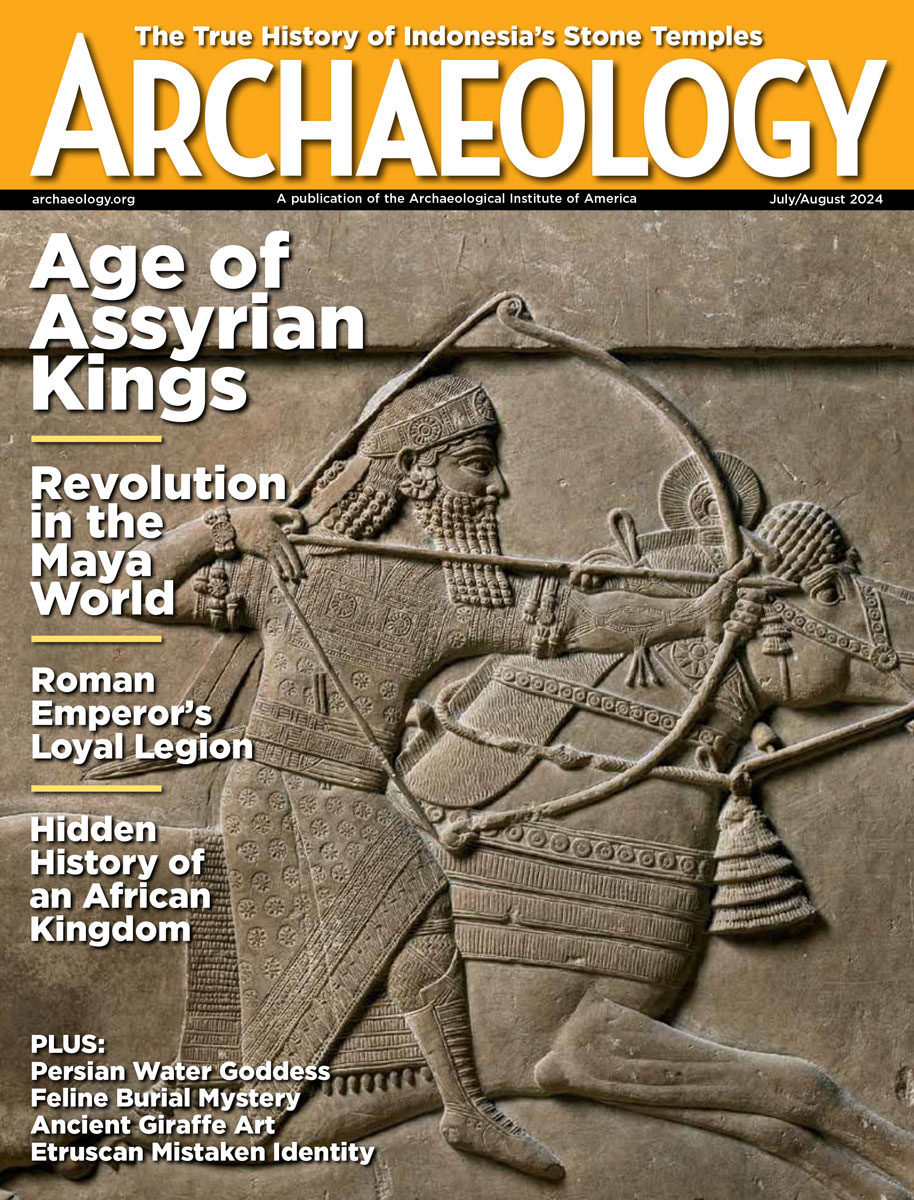Tuesday, July 1
July 1, 2008
“It’s a smallish club, but gaining converts,” University of California, Santa Barbara, archaeologist Stuart Tyson Smith said of the Egyptologists who are excavating urban settlements along the Nile River, in this article in The New York Times.
 A Neolithic house that had a central passage and two main rooms has been uncovered at Kingsmead Quarry, near Windsor Castle. The house is thought to be more than 5,000 years old, and one of the oldest in England. Â
Here’s an update on the large Taino settlement, including plazas, a burial ground, residences, and a midden, discovered on Puerto Rico’s southern coast. The site was unearthed during a U.S. Army Corps of Engineers dam project. Controversy erupted when boxes of artifacts were sent to Georgia for analysis. Â
Thailand’s Administrative Court has handed down an injunction against the Thai cabinet’s endorsement of Cambodia’s bid to propose the Preah Vihear temple as a World Heritage site, because such support “might undermine Thailand’s future standing on a territorial dispute.” Cambodia has an internationally recognized claim to the temple, and does not need Thai support for the application.   A photograph of the temple is available here. Â
Steve Libert, head of the salvage company Great Lakes Exploration Group, will hand over a piece of wood to U.S. Marshals today. The wood, which has been dated to the 1600s, was recovered from a wreck in Lake Michigan. Libert thinks it may be the Griffin, built for French explorer Robert de La Salle. He is also required to reveal the location of the wreck.
A graduate student from Texas A&M University’s Nautical Archaeology program is mapping the Anthony Wayne, a sidewheel steamer that sank in Lake Erie in 1850 after two of its boilers exploded. The Great Lakes Historical Society wants to have the wreck listed on the National Register of Historic Places.  Â
The stories of the people enslaved to George and Martha Washington are being told in Philadelphia, at the site of the first President’s House. This article describes Oney Judge, a young woman who eventually escaped to freedom. Â
An Oregon dentist discovered a fragment of human skull near his driveway earlier this summer. The bone will be turned over to the local Nez Perce tribe for reburial.
- Comments Off on Tuesday, July 1









